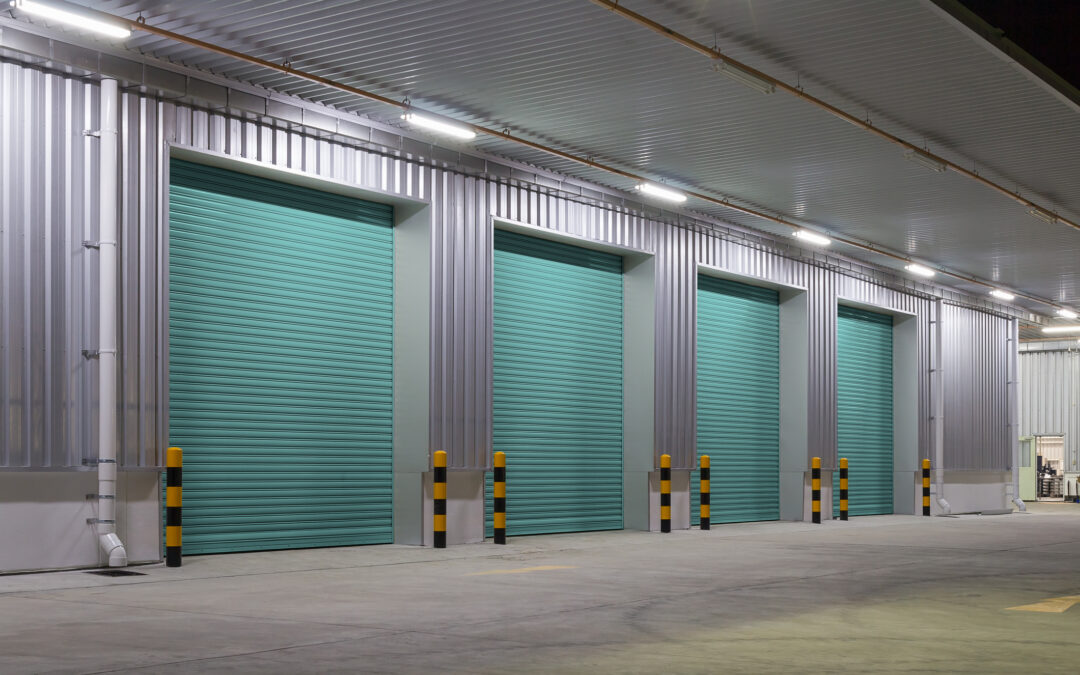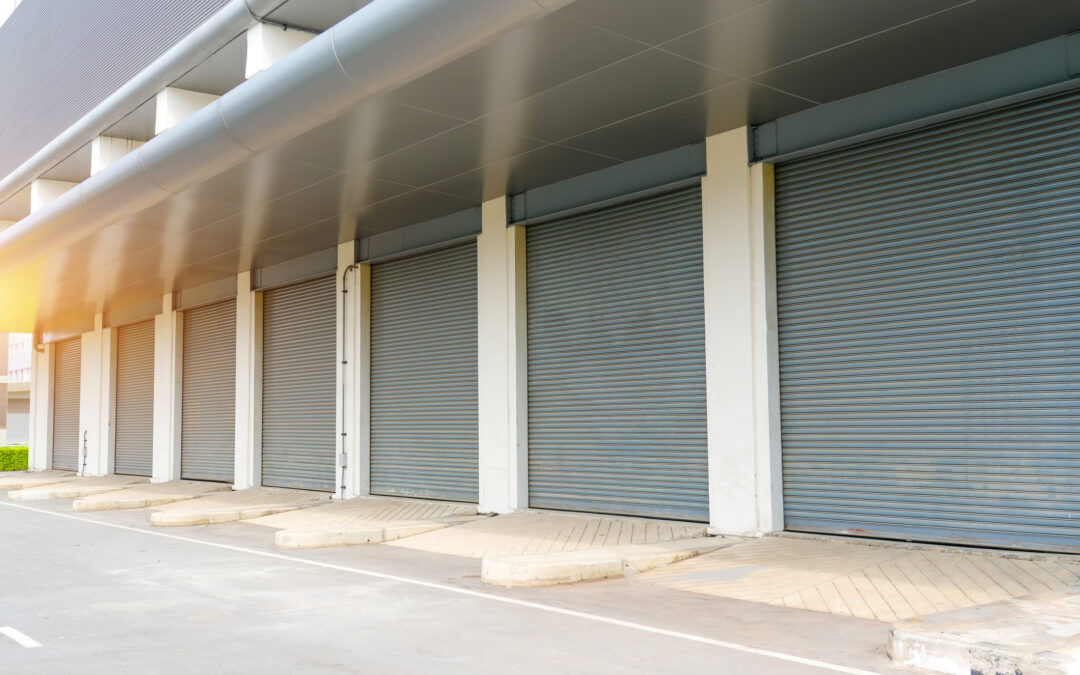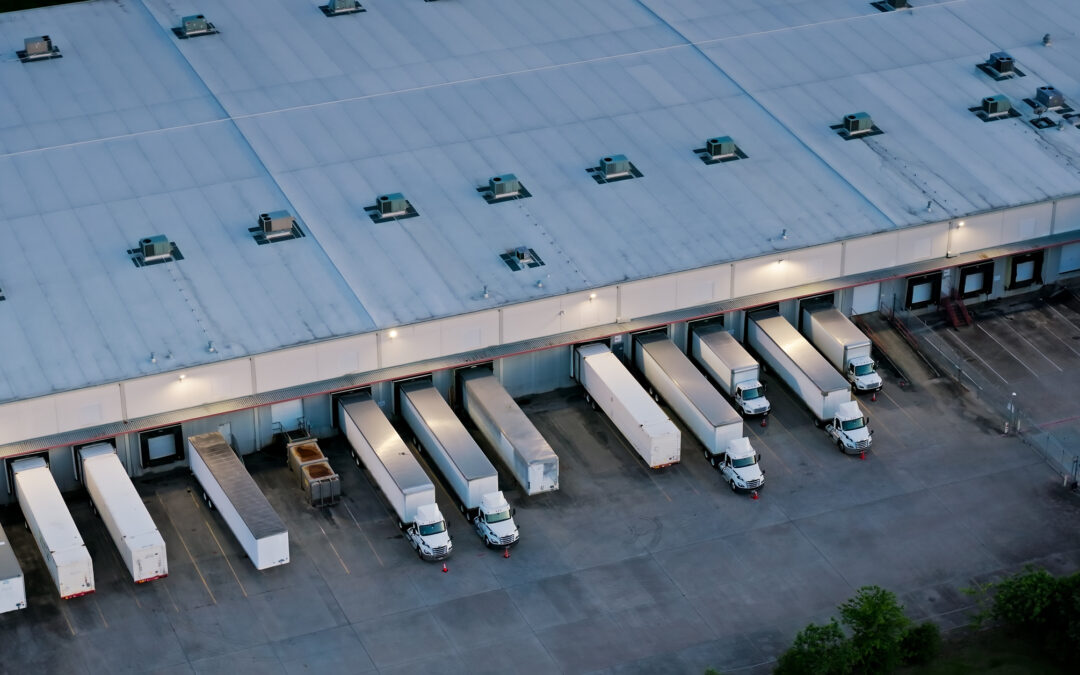
Your loading dock might not always get the attention it deserves, but it’s one of the most critical elements of your business. Whether you’re receiving goods, sending out shipments, or simply managing warehouse flow, the design of your loading dock plays a huge role in how smoothly everything runs. A well-thought-out design isn’t just about convenience—it’s about maximizing efficiency, ensuring safety, and setting your business up for success. So, let’s take a closer look at loading dock design and why it matters for your business.
Explore Begley’s Loading Dock Solutions
Key Elements of Effective Loading Dock Design
When it comes to designing a loading dock, it’s not just about fitting it into your space; it’s about making sure it works seamlessly with your operations. Here are the key elements to focus on:
Accessibility and Layout
The layout of your loading dock needs to be practical and intuitive. This means ensuring trucks can approach and leave easily, and your staff can move goods without obstruction. Loading dock design should also account for different vehicle sizes, whether it’s small delivery vans or larger transport trucks. Easy access to the warehouse is a must, but don’t forget to think about the future—your design should be flexible enough to adapt to growing demands.
Safety Features
Safety should be at the forefront of any loading dock design. This includes everything from proper lighting, which you can learn more about here, to safety barriers and communication systems between dock workers and truck drivers. A well-designed dock will minimize the risks of accidents, ensuring your team can operate safely and smoothly.
Efficient Traffic Flow
A well-designed loading dock ensures smooth traffic flow, both inside and outside your warehouse. Efficient loading dock design means creating a layout where trucks can dock, unload, and leave without causing bottlenecks. Consider having designated areas for different types of vehicles or shipments to keep things moving smoothly.
Benefits of a Well-Designed Loading Dock
Getting your loading dock design right brings many benefits that make it important for your business, from improving daily operations to keeping your team safe.
Enhanced Operational Efficiency
When your dock is designed properly, everything works like a well-oiled machine. Trucks can unload faster, workers can move more efficiently, and goods are processed with less delay. This efficiency not only saves time but also reduces operational costs in the long run. If you’re noticing delays or issues with your current dock, check out our maintenance tips to ensure your loading dock is in top shape and isn’t slowing you down.
Improved Safety for Workers
Safety is a non-negotiable when it comes to loading docks. A well-thought-out loading dock design minimizes accidents, thanks to features like proper lighting, clear signage, and secure dock levelers. Improved safety keeps your workers protected and minimizes the risk of costly downtime due to injuries.
Better Accommodation of Various Vehicles
A versatile loading dock design should accommodate a range of vehicle types, ensuring that no matter what truck shows up, your dock is ready. This flexibility is key to keeping operations running smoothly, especially if your business handles different types of deliveries or shipments. Learn more about the different types of loading docks and which is right for your business here.
Common Loading Dock Design Mistakes to Avoid
Even the best intentions can lead to mistakes when designing a loading dock. Here are two of the most common pitfalls to avoid.
Poor Space Utilization
A cramped loading dock is a nightmare for workers and drivers alike. Not only does it slow down operations, but it also increases the chances of accidents. Make sure your loading dock design uses space effectively, with room for vehicles to maneuver and workers to move safely.
Inadequate Safety Measures
Neglecting safety in your design can lead to accidents and downtime. Ensure your loading dock is equipped with the necessary safety features, such as dock levelers, bumpers, and communication lights. Explore more ways to boost safety at your dock with these tips.
Tips for Designing an Optimal Loading Dock
Designing the perfect loading dock requires careful planning and consideration of both current and future needs.
Consider the Types of Goods Handled
Your loading dock design should take into account the type of goods you handle. Are you moving bulky items, or are you dealing with smaller, more fragile goods? Understanding what you’ll be working with helps you plan for the right equipment and layout.
Plan for Future Growth and Changes
Businesses grow, and your loading dock should be able to grow with you. When designing your dock, think about the future—what if you start handling larger shipments or need to accommodate more vehicles? A flexible loading dock design allows your operations to expand without needing a complete overhaul.
Optimize Your Business Operations with Begley’s Comprehensive Loading Dock Solutions
Your loading dock is much more than just a doorway for shipments. It’s an essential part of your business, affecting everything from daily efficiency to the safety of your team. A well-designed loading dock isn’t just about the here and now—it’s about planning for future success.
If you’re looking to optimize or update your dock, don’t hesitate to explore our loading dock solutions or contact us for more guidance.





